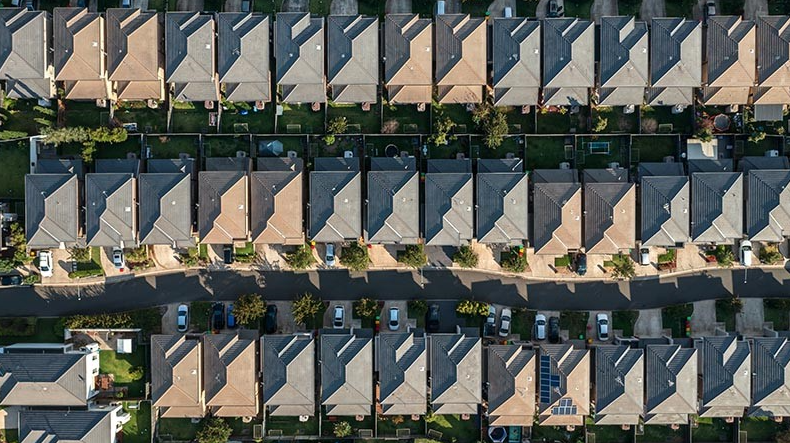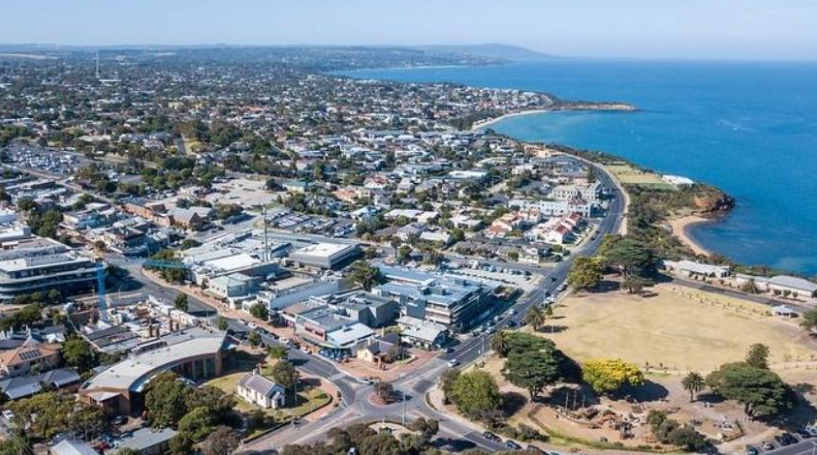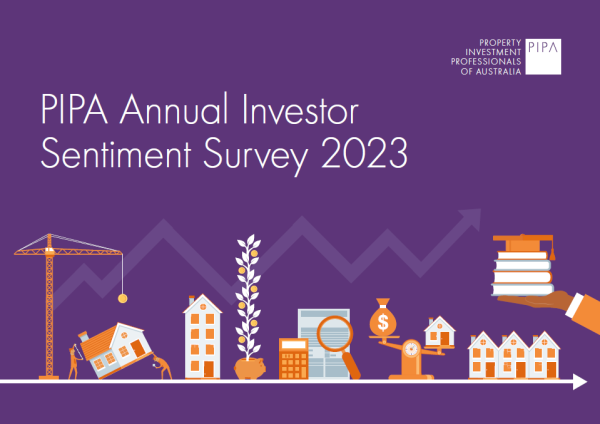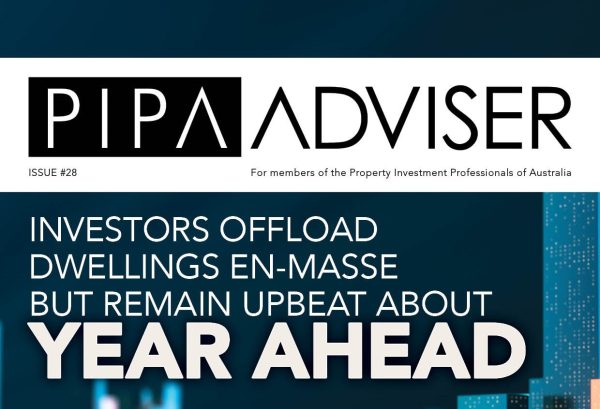Mapped: where property investors are getting ‘enormous’ tax breaks
Feb 2024Karen Millers
Categories
Location ReportsMedia releasesNational market updatesPersonal advisersPIPA AdviserPIPA Annual Investor Sentiment SurveysPIPA Member ProfilesPIPA video updatesPIPA webinarsPodcastsProperty advisersProperty newsLatest Articles
Rent rises ease but crisis’ link to population density found to be tenuous
Jordan van den Berg: The ‘Robin Hood’ TikToker taking on Australian landlords
Victorian property investors face yet another new property tax as council tests levy
Rentvesting in Australia: A deep dive
‘More chance of winning lotto’ than housing targets being met
Taxpayers are bankrolling more than 90 per cent of property investors who purchased rental homes in most parts of Sydney over the past five years thanks to negative gearing concessions.
And the average individual investor who is negatively geared is claiming up to $88,000 a year in tax deductible losses in some city regions, exclusive PropTrack research shows.
The study, which compared rents and mortgage costs on all properties listed as rentals since 2019, showed there has been an alarming increase in the total economic cost of negative gearing.
Experts indicated negative gearing claims were soaring because of rising interest rates and skyrocketing prices.
Landlord rental returns have also remained near historic lows, despite an explosion in rents, because the repayments on homes bought at recent lofty prices eclipsed rents by considerable margins.
PropTrack economist Angus Moore said the increase in gearing claims was “enormous” because Australia flipped from record low interest rates in 2021 to a climate of higher rates in rapid time.
Some $8.7 billion in negative gearing claims were made in the 2020/21 financial year, according to Treasury analysis. Just under half of all investors nationally were negatively geared at the time. Investors in the top tier of income earners made the most claims.
“Because rates have gone up since then, far more investors are losing money. Rents have also gone up, but not by enough to offset higher rates,” Mr Moore said.
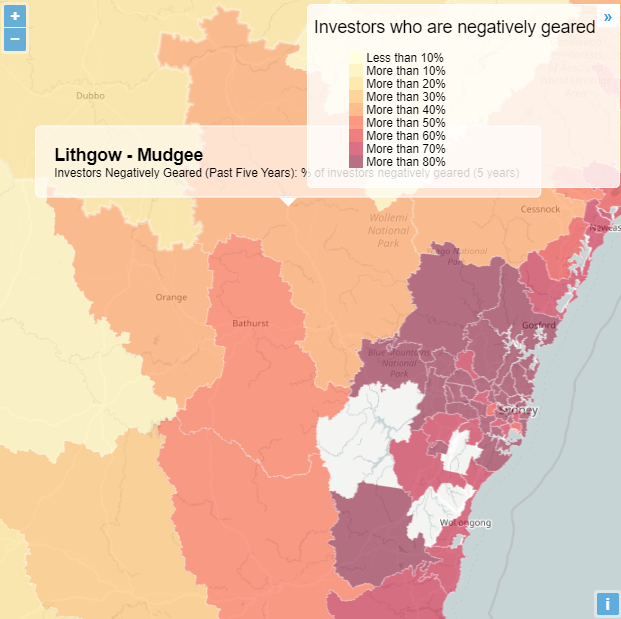
PropTrack indicated that over 95 per cent of investors were negatively geared in about a third of the 524 Sydney suburbs with available data.
At least 90 per cent of investors were negatively geared in just over half the Harbour City suburbs, while at least 80 per cent of investors were negatively geared in just under three quarters of the suburbs.
Negative gearing claims for those who purchased since 2019 were the highest in Sydney’s northwest, upper north shore and eastern suburbs, according to PropTrack.
Investors in East Lindfield on the north shore were claiming an average of just over $88,000 in average taxable losses on interest repayments alone, the data showed.
Investors in East Lindfield on the north shore were claiming an average of just over $88,000 in average taxable losses on interest repayments alone, the data showed.
This was up from about $76,000 in average claims on interest repayments back in April 2022, before the first of 13 moves by the Reserve Bank to hike interest rates.
Landlords in eastern suburb Queens Park had average taxable interest losses of about $60,000 – up from nearly $42,000 in April 2022.
In the inner west suburb Haberfield, where 98 per cent of investors were reported to be negatively geared, the average claim rose from about $42,000 to just over $52,000.
There were a similar proportion of investors negatively geared making similar claims in Willoughby, Canterbury, Northbridge, Concord West, East Ryde, Pymble and many other areas.
Tax expert Mike Mortlock of MCG Quantity Surveyors said it was likely Sydney investors were remaining negatively geared for well beyond five years.
“It depends on the property, but I’d say most investors are negatively geared until about 10-12 years after purchase,” he said.
Finder.com.au money expert and seasoned property investor Sarah Megginson noted that most properties double in value within 10 years.
“You shouldn’t invest in property if it’s only affordable to you based on negative gearing benefits,” she said.
“In my view, you should be investing in property because it’s a long-term wealth creation strategy.
“Negative gearing makes it more affordable to hold these investments along the way, but if you can’t afford to hold them without negative gearing, you should consider what level of risk and financial stress you’re willing to bear.”
Property Investment Professionals of Australia chair Nicola McDougall said property investors shouldn’t buy real estate “solely for negative gearing purposes”.
“Rather, while the ability to offset losses against rental income may help with cash flow for a time, it is capital growth over the long-term that should always be the goal,” she said.
Mr Mortlock said claims for negative gearing losses should be contextualised against the cost of providing social housing. “Private investors have been more effecient at providing housing than government,” he said.
Originally Published: Aidan Devine | Geelong Advertiser | 24 February 2024
“Licensed by Copyright Agency. You must not copy this work without permission.”
